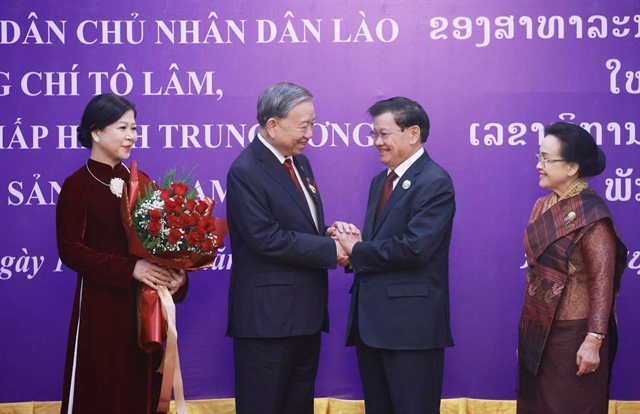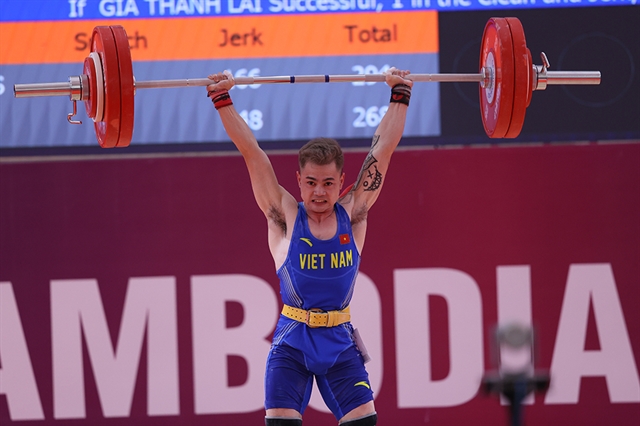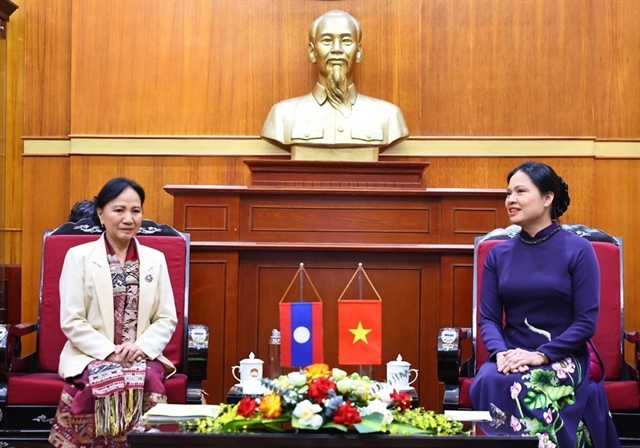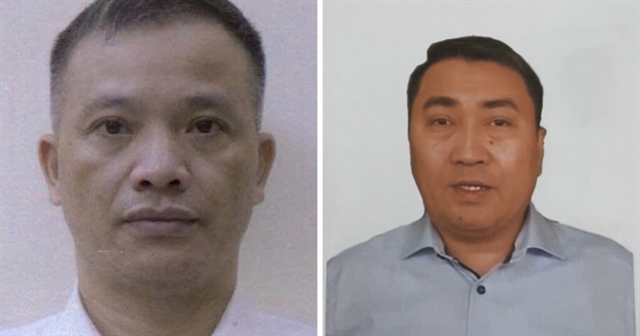 Opinion
Opinion

It will be some time before 2020 when the checkered flags are raised in the capital city of Việt Nam. As exciting as it may seem, it will require many cool heads working together to ensure the sporting event is a success and more importantly, a sustainable one in the future.
Hoàng Anh
My first experience with a Grand Prix was back in 2008 when I was a student in Montreal, Canada. The Canadian Grand Pix took place in June with it came a real summer festive atmosphere.
Long before the race even began, the parties took place in downtown with race cars parading on Montreal’s old streets with thousands of tourists flocking to the city for the attraction.
The Formula One race is said to be an unforgettable experience: the crowd, the cars, the heat and the sound of tires. Never had I imagined that ten years later there would be a plan in place to bring the F1 race to my hometown Hà Nội. I have been watching the developments in suspense, not knowing for sure it will become a reality until it was officially confirmed on Wednesday. A 5.565km track is to be set up in the area of Mỹ Đình sport complex.
There was talk that the race may take place in downtown, near the Old Quarter and many of the city’s relic sites and historical buildings. I am, for one, glad that they changed the location of the race. While there are benefits to the promotion of the city’s iconic buildings and images, ensuring the race safety and managing traffic in such a heavily populated area may well prove a challenge too difficult to overcome.
The Mỹ Đình sport complex, by comparison, is relatively easier to manage with a much smaller population and mostly modern infrastructure. It should also reduce the cost of construction and other facilities. Located just over 10km west of the city centre, it is well connected to entertainment and recreational venues, which will play a vital role to the race’s financial sustainability for it is what will keep the race alive.
The other two examples of F1 races in South East Asia region are Singapore and Malaysia, which could not have been more different in both the way they were organised and their outcomes. The 5.067km Marina Bay Street Circuit is well-integrated with the island city and all that it has to offer: the casinos, the cuisine and the multi-cultural vibrant life. Over the course of ten years, nearly half a million visitors came to the island city for the race bringing with them more than US$1 billion dollars revenue, according to estimation by the Singaporean Tourism Board. The race also enhances the city’s image and attracts investors from all over the world.
Malaysia’s Grand Prix event, the Sepang International Circuit, did not enjoy the same success as its rival. Unpredictable weather makes it one of the most exciting races for drivers and spectators alike.
On top of that the circuit is built in a remote area some 45km north of Kuala Lumpur. It was said that the race cost Malaysia up to $70 million annually to organise. Coupled with low turnout among the sport’s fans and lack of other means to generate revenue the Malaysia Grand Prix was a financial blunder and eventually scrapped last year after 19 years running.
Nothing could sum it up better than what F1 racer Kimi Raikkonen, who won his maiden victory at Sepang in 2003.
He told AFP: "To be honest, I don’t know if we’re going to miss it.
"It’s a nice circuit but the only thing you see is the airport, the hotel next to the airport and the circuit, so you can choose from that what you’re going to miss, or not."
The firework festival in central Đà Nẵng City is another example for Hà Nội to study. Faced with much controversy since its debut in 2008, the firework festival has become one of the most popular attractions for both domestic and international visitors. Tickets were often sold out with the city’s hotels full booked during event; the festival helped not only the city’s economy, particularly its tourism sector, but also put it on the global tourism map. It was just fireworks at first but the organisers kept adding numerous cultural events and entertainment acts making it now a two-month event to draw spectators.
Hà Nội would do well to study those examples. It will be some time before 2020 when the checkered flags are raised in the capital city of Việt Nam. As exciting as it may seem, it will require many cool heads working together to ensure the sporting event is a success and more importantly, a sustainable one in the future. All that glitters may look nice but whether it will turn into gold remains to be seen. — VNS




